Home>Ideas and Tips>How To Design A Japanese-Inspired Dry Landscape Garden
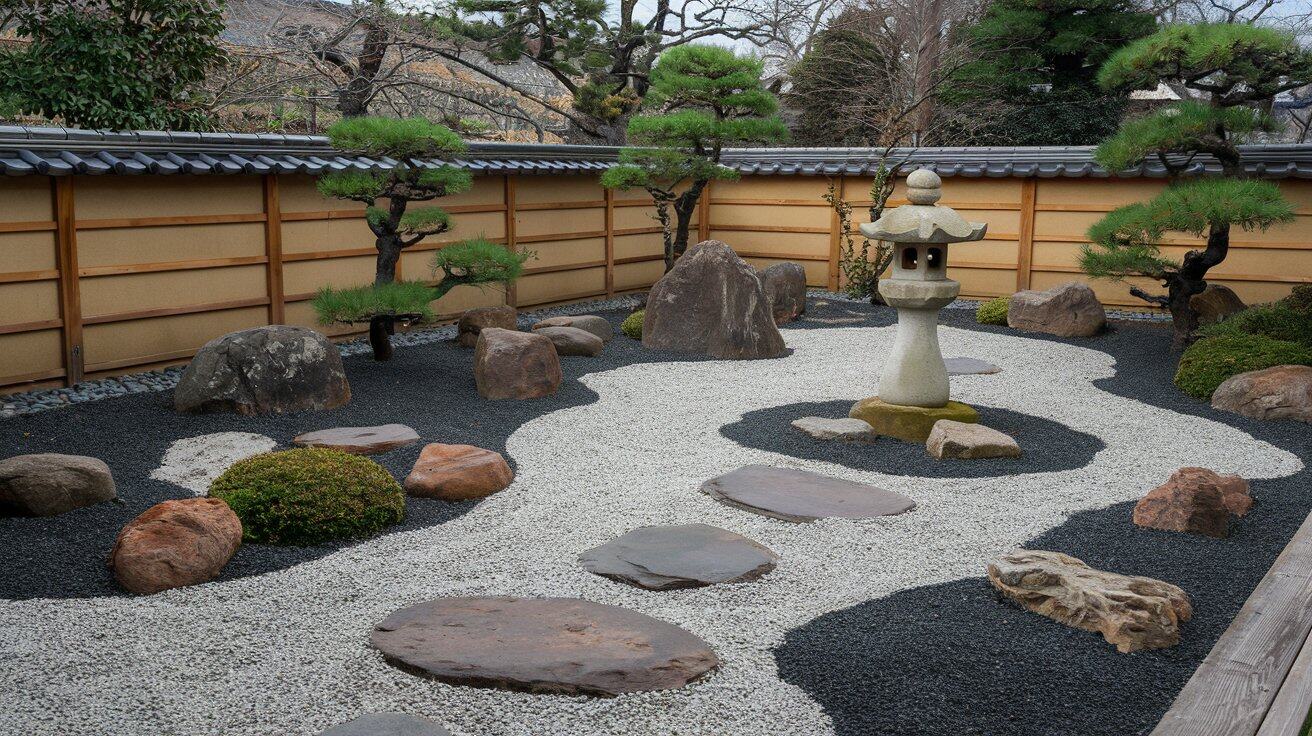

Ideas and Tips
How To Design A Japanese-Inspired Dry Landscape Garden
Modified: October 27, 2024
Learn how to design a serene Japanese-inspired dry landscape garden with essential elements like rocks, sand, and gravel for a peaceful retreat.
(Many of the links in this article redirect to a specific reviewed product. Your purchase of these products through affiliate links helps to generate commission for Storables.com, at no extra cost. Learn more)
Creating a Japanese-inspired dry landscape garden, also known as karesansui, can transform your outdoor space into a serene retreat. These gardens are characterized by their simplicity, natural elements, and deliberate use of space. So, how do you design one? Let's dive in.
Understanding the Principles of Japanese Garden Design
Japanese gardens are deeply rooted in the country's cultural and philosophical heritage, particularly Zen Buddhism. The design principles of these gardens emphasize harmony, balance, and the use of natural elements to create a contemplative environment. Key elements include:
-
Open Space (Ma): The concept of ma refers to the empty space between elements, which is crucial for creating balance and harmony in the garden. This empty space allows individual elements to shine and provides a sense of movement and stillness.
-
Simplification: Japanese gardens often feature a simplified color palette, with green being the dominant color. This simplicity creates a calm and peaceful atmosphere.
-
Natural Elements: The use of natural elements such as rocks, sand, and gravel is essential. These materials are chosen for their aesthetic appeal and ability to evoke a sense of nature.
Read more: How To Design A Japanese-Inspired Garden
Planning Your Garden
Before you begin designing your garden, it's important to consider several factors:
-
Space: Japanese gardens are designed to be compact and efficient. They often use space creatively by incorporating berms and raised areas to create visual interest and break the monotony of flat spaces.
-
Climate: The climate in Japan is generally cool and damp, which influences the choice of plants. If you live in a different climate zone, you may need to adapt your plant selection accordingly. Native plants that thrive in your local climate are ideal.
-
Budget: While it's possible to create a Japanese garden on a budget, some elements like boulders can be expensive. However, these elements are crucial for creating an authentic look.
Essential Elements of a Japanese-Inspired Dry Landscape Garden
1. Rocks and Boulders
Rocks and boulders are fundamental elements in Japanese gardens. They are chosen for their shape, texture, and color to enhance the overall design. When placing rocks, consider their face and position them in a way that they will be best seen from different vantage points.
2. Sand and Gravel
Sand and gravel are used to create patterns and textures in the garden. Decomposed granite (shirakawa-suna) is particularly recommended for its ability to hold sharp raked lines and its natural colors. These materials can be used to create dry riverbeds or simply as a walkway covering.
3. Water Features
While a dry landscape garden does not include water features, incorporating a small pond or waterfall can add an extra dimension to your garden. These features provide a soothing sound and can improve biodiversity.
4. Plants
While plants are not a primary focus in a dry landscape garden, they can still be used to add seasonal interest. Traditional Japanese garden plants include peony, chrysanthemum, and Japanese water iris. For a dry garden, consider using moss or small ground cover varieties like Pleioblastus Fortunei ‘Variegata’.
5. Pathways
Pathways in Japanese gardens are often gravel or sand paths that wind through the garden, creating a sense of movement and exploration. The paths should be subtle and not draw attention away from the main elements of the garden.
Designing Your Garden Layout
1. Creating Open Spaces
One of the key principles of Japanese garden design is creating open spaces (ma). This involves leaving some areas of the garden empty to allow individual elements to shine. This approach creates a sense of balance and harmony in the garden.
2. Balancing Elements
To create harmony in your garden, ensure that all elements are balanced. This includes balancing the size and placement of rocks, plants, and pathways. The space between features is as important as the features themselves.
3. Defining Boundaries
A Japanese garden should have a clearly defined border that separates it from its surroundings. This boundary can be created using low stone walls or carefully placed boulders.
Planting Design for Your Japanese-Inspired Space
While plants are not the primary focus in a dry landscape garden, they can still be used to add seasonal interest and color. Here are some tips for selecting plants:
-
Seasonal Interest: Japanese gardens celebrate the seasons through their plant selection. For example, cherry blossom trees bring spring interest, while autumn interest can be provided by Japanese maples and chrysanthemums.
-
Native Plants: Use native plants that thrive in your local climate. These plants will require less maintenance and will be more likely to succeed in your garden conditions.
-
Evergreen Plants: Evergreen plants like rhododendrons, azaleas, and boxwood provide structure and year-round interest. They also help maintain the garden's aesthetic during winter months.
-
Bamboo: Bamboo is a common element in Japanese gardens but must be used with caution due to its invasive nature. Consider planting clump-forming varieties and restricting them in large planters or pots.
Practical Tips for Creating Your Garden
1. Start with the Pond or Water Feature
If you decide to include a water feature, start by planning its location. This will help guide the placement of other elements in your garden.
2. Use Natural Materials
Stick to natural materials like rocks, sand, and gravel for your pathways and decorative elements. Avoid artificial fencing or ornaments that can disrupt the natural aesthetic of your garden.
3. Incorporate Sound Elements
The auditory experience is just as important as the visual in a Japanese garden. Consider adding elements like wind chimes or a shishi odoshi (deer scarer) to create meditative sounds.
Read more: How To Design A Low-Maintenance Landscape
4. Maintain Your Garden Regularly
While a dry landscape garden requires less maintenance than a traditional garden with plants, it still needs regular upkeep. Rake the gravel or sand periodically to maintain the patterns and remove debris.
Conclusion
Creating a Japanese-inspired dry landscape garden is a rewarding project that requires careful planning and attention to detail. By incorporating essential elements like rocks, sand, and gravel, and balancing these elements with open spaces and natural materials, you can create a serene retreat that reflects the timeless principles of Japanese garden design. Whether you're looking to add a small pond or focus on the aesthetic of natural materials, this guide will help you navigate the process of designing and maintaining your own unique Japanese-inspired garden.
Additional Resources
For further inspiration and guidance, consider visiting local Japanese gardens or consulting with landscape architects who specialize in Japanese garden design. Some recommended resources include:
- Books: Japanese Garden Notes: A Visual Guide to Elements and Design by Marc Peter Keane.
- Online Resources: NAJGA (North American Japanese Garden Association) for detailed information on Japanese garden design principles.
- YouTube Channels: Japanese Garden TV for video tutorials and design ideas.
By following these steps and principles, you can create a beautiful and contemplative Japanese-inspired dry landscape garden that brings peace and harmony to your outdoor space.
Was this page helpful?
At Storables.com, we guarantee accurate and reliable information. Our content, validated by Expert Board Contributors, is crafted following stringent Editorial Policies. We're committed to providing you with well-researched, expert-backed insights for all your informational needs.

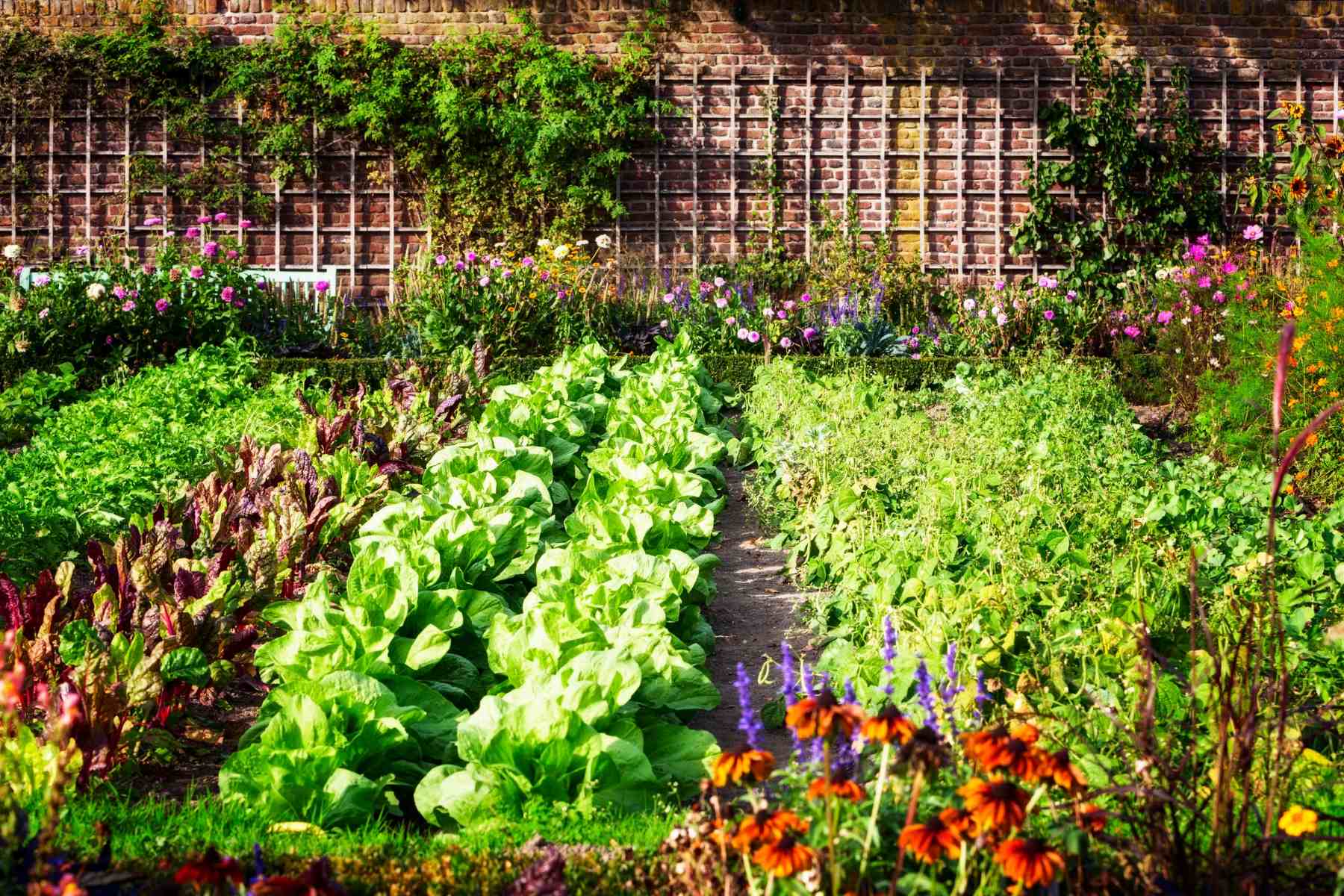
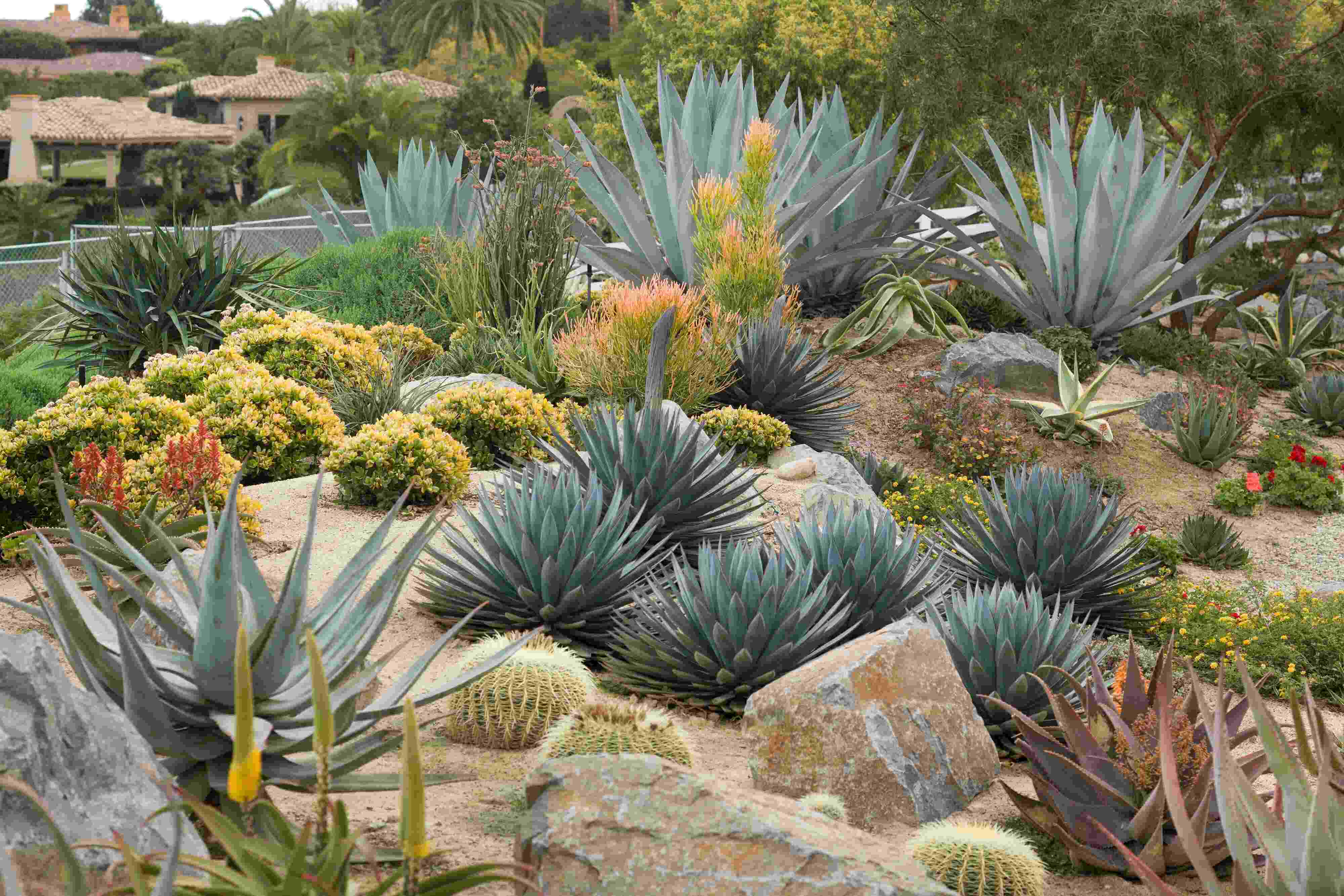
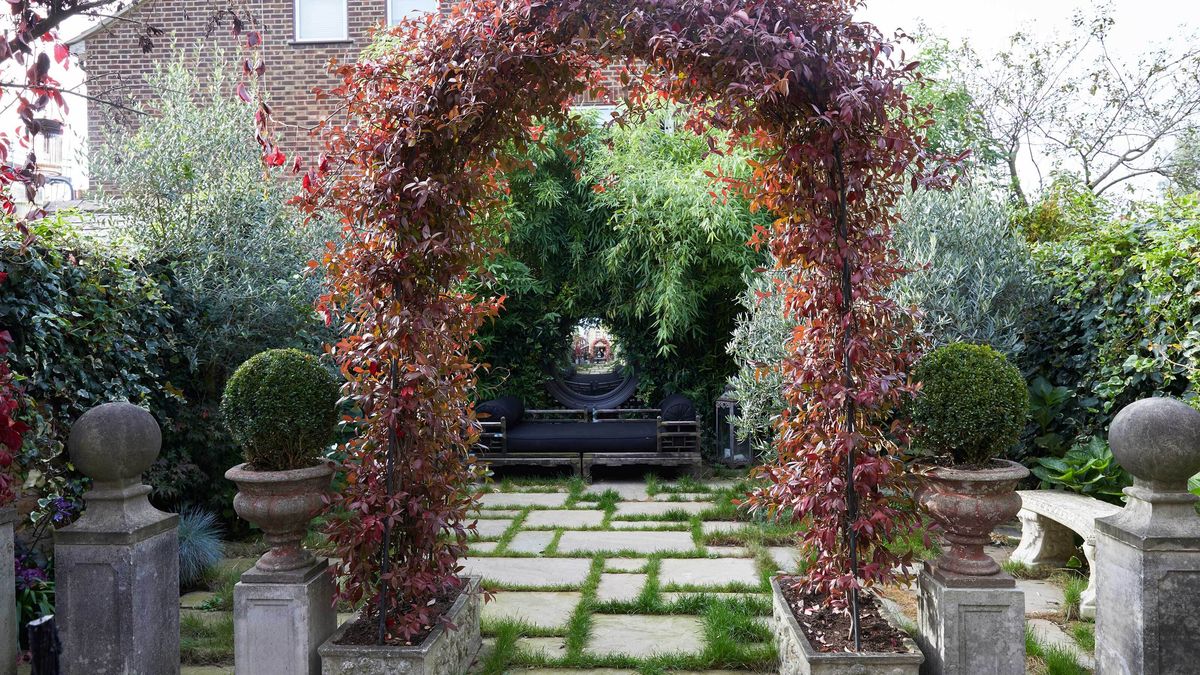
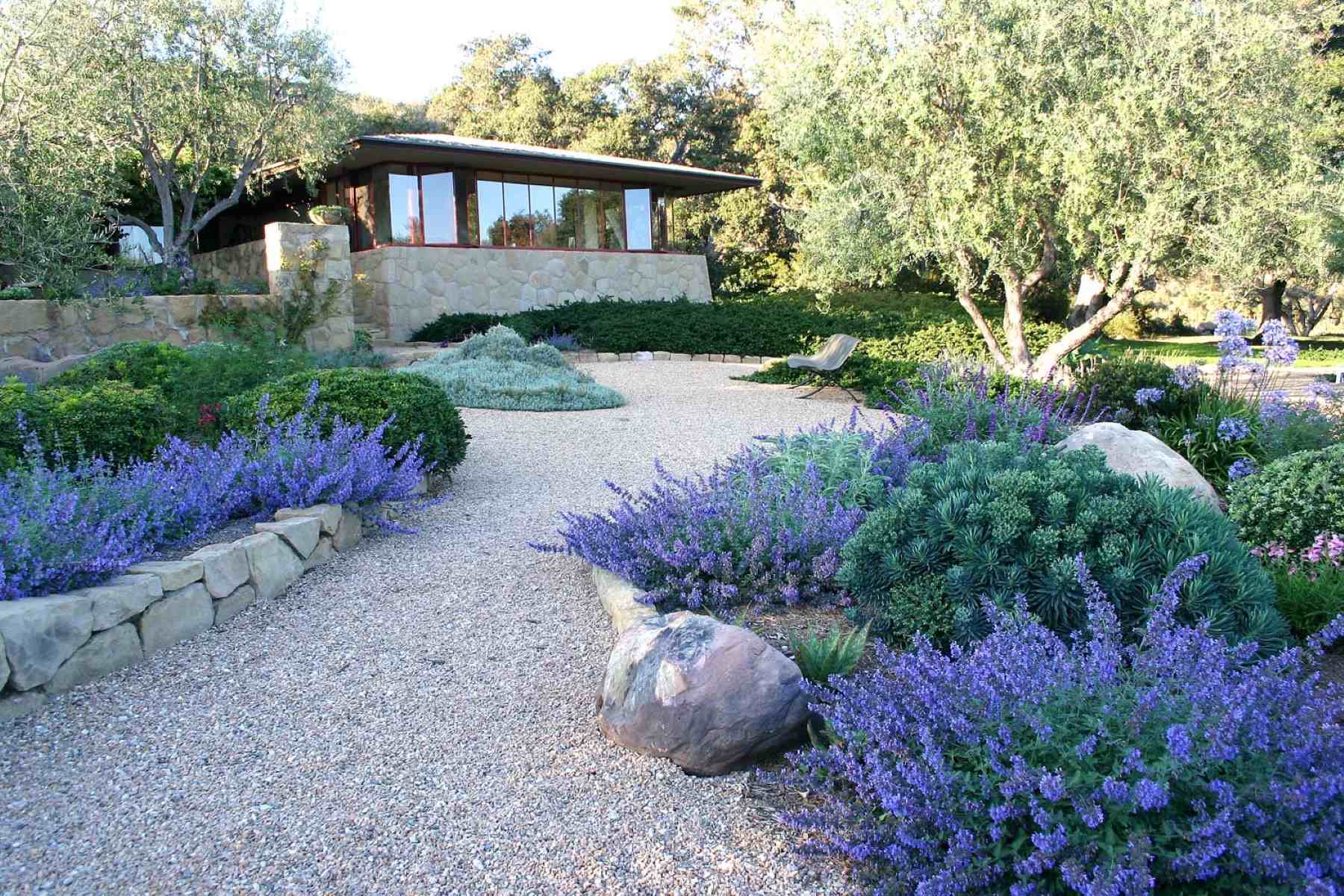
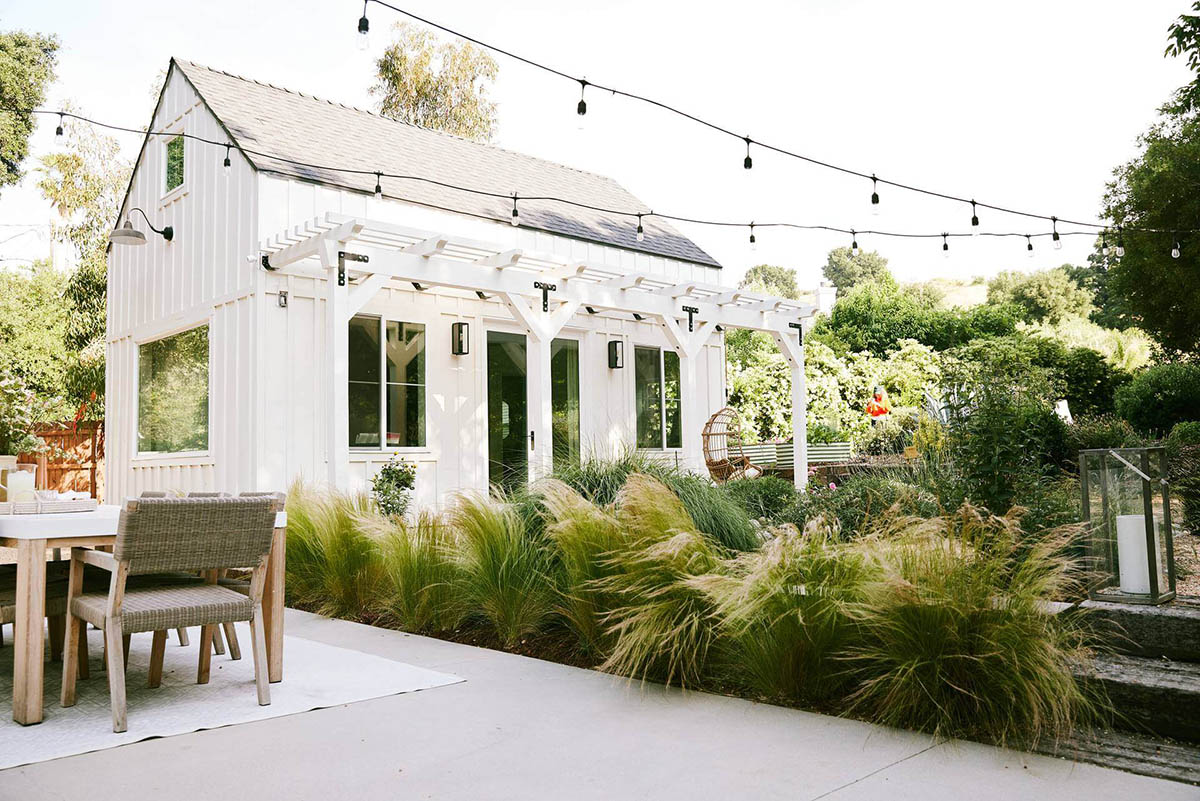
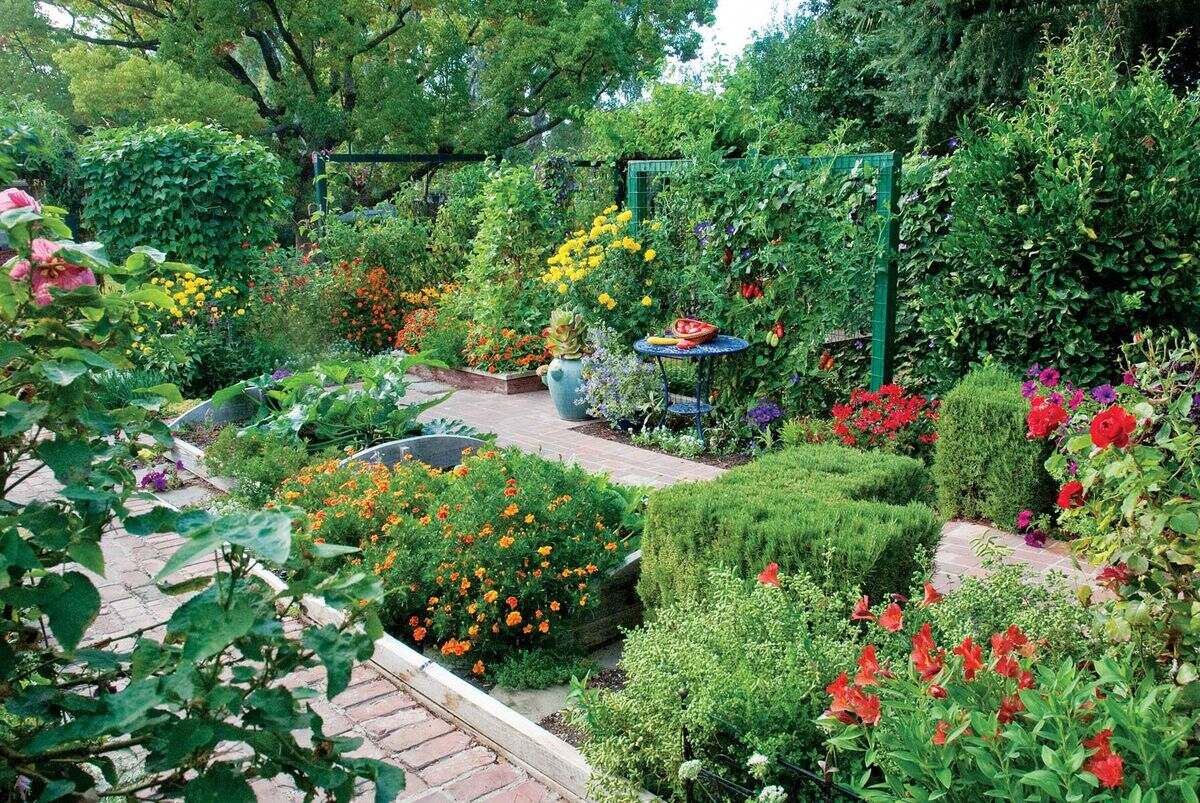
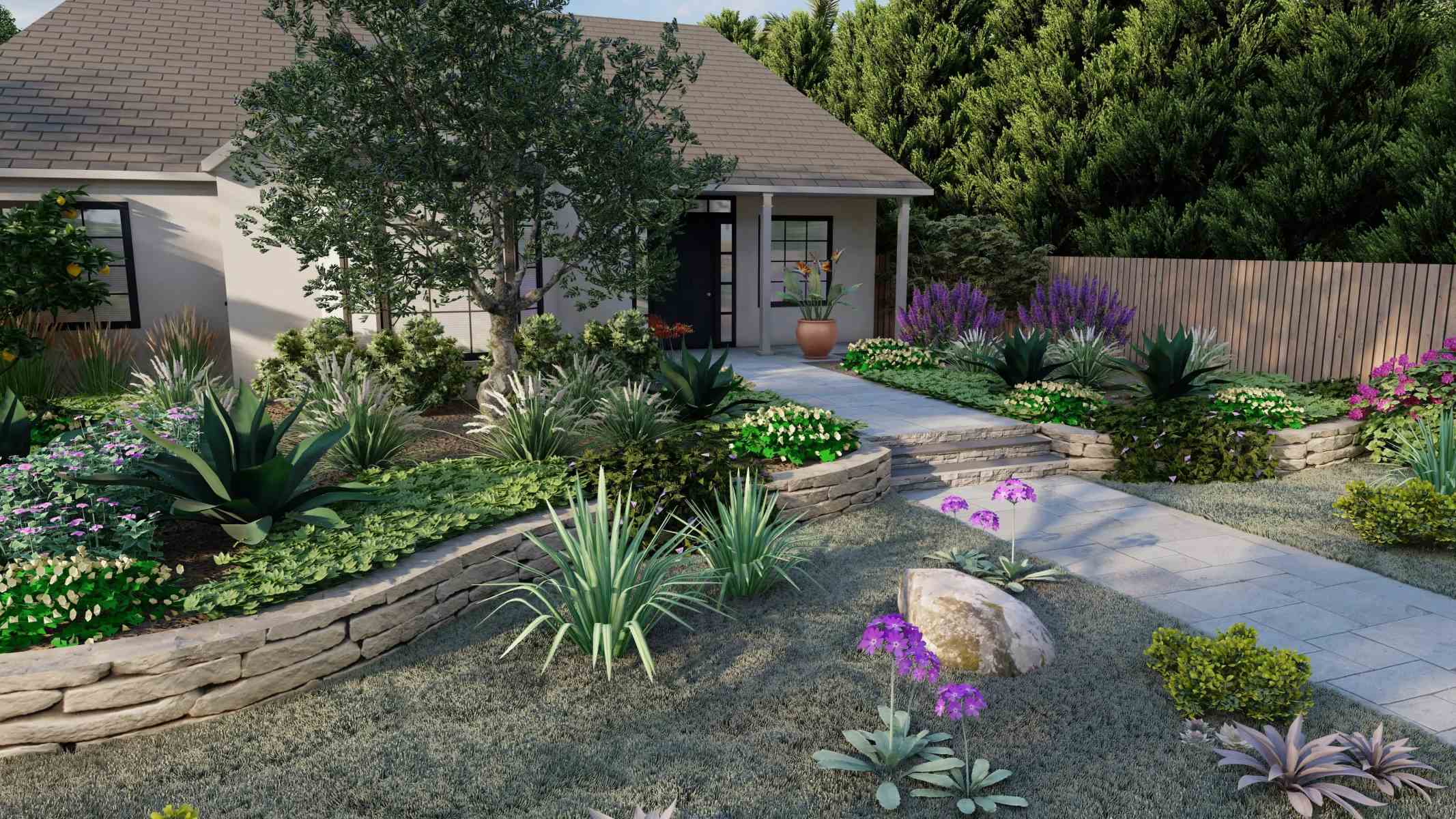
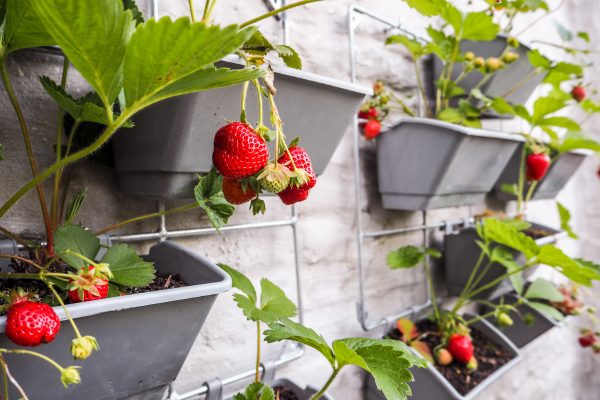

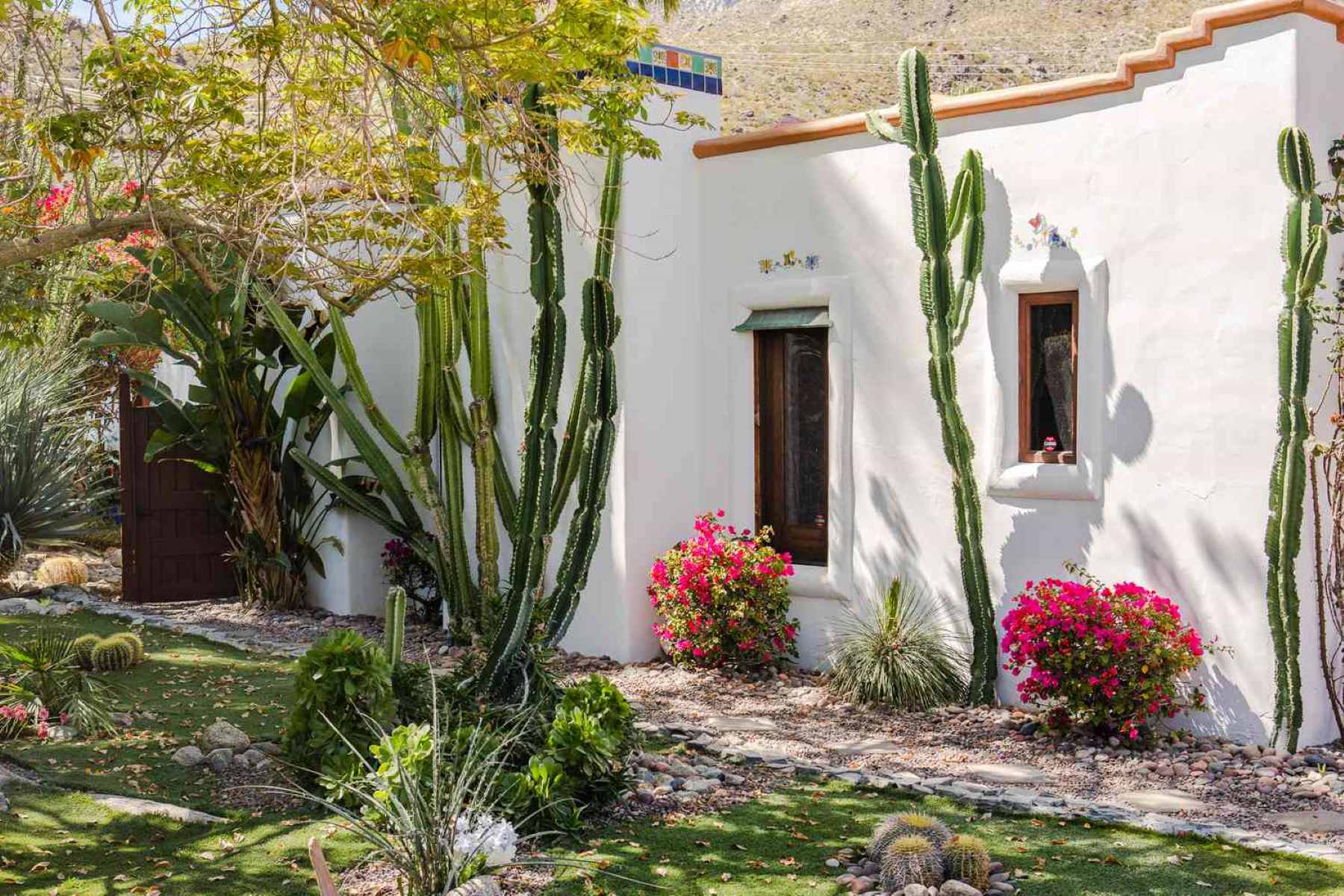

0 thoughts on “How To Design A Japanese-Inspired Dry Landscape Garden”